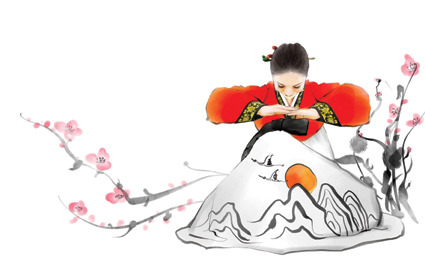Eid (also known as Bayram in Turkish) is a religious holiday
celebrated by Muslims worldwide. This day marks the end of Ramadan and is
celebrated for three days.
During this particular celebration, Muslims are required to
give charity, which can be given in the form of food or money.
In the Turkish culture, it is a tradition for the men to pray
‘Eid al-Fitir’ prayer. This prayer is prayed an hour after sunrise in the
mosque to appreciate and reflect the completion of Ramadan. Usually hundred of Muslims attend the mosque during the day.
In the Turkish culture, it is traditional to purchase new
close for the occasion. I remember when I was a young child, buying new clothes
was essential. I would look around for weeks, trying to find the best outfit to
wear. Till today, I continue this tradition to look pretty for family and
friends.
Every year, on the first day of Eid, my family will get
together with grandparents, uncles/ aunties and cousins. We will have a barbeque
and eat delicious Turkish traditional foods. This includes Turkish baklava, which are
prepared one day earlier. Without sweets in Eid, I personally don’t think ‘Eid’
can be the same. Sweets are a ‘must’ in the Turkish culture.
During this time, we will exchange gifts. Children would
often be given money. Reflecting back at my childhood, I remember being ‘rich’ in
Eid making $200-$300 with all sorts of gifts given.
'Iyi Bayramlar’ (Eid Mubarak in Arabic) is also said during the day to the Muslim community, as a sign of happy celebration.
As part of the Turkish tradition during Eid, it is required to kiss
the elders hands as a sign of respect.
Reference of Pictures (in order):

.jpg)
.jpg)

















.jpg)













